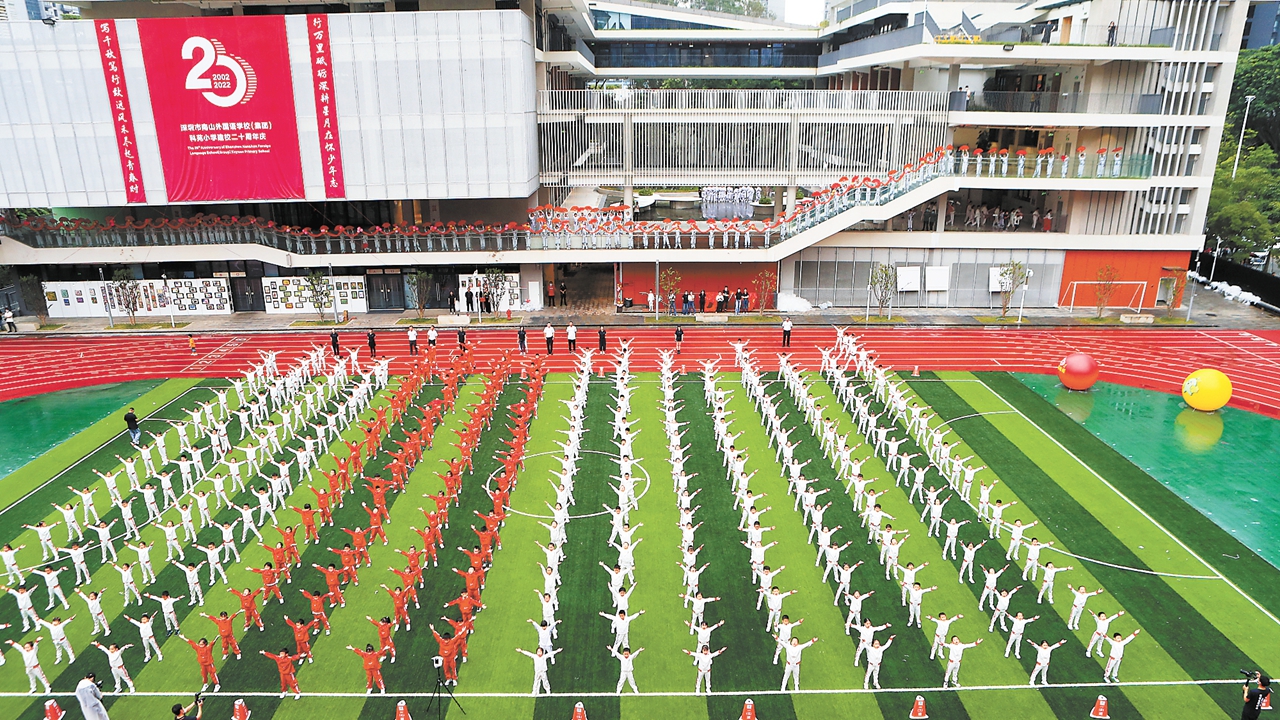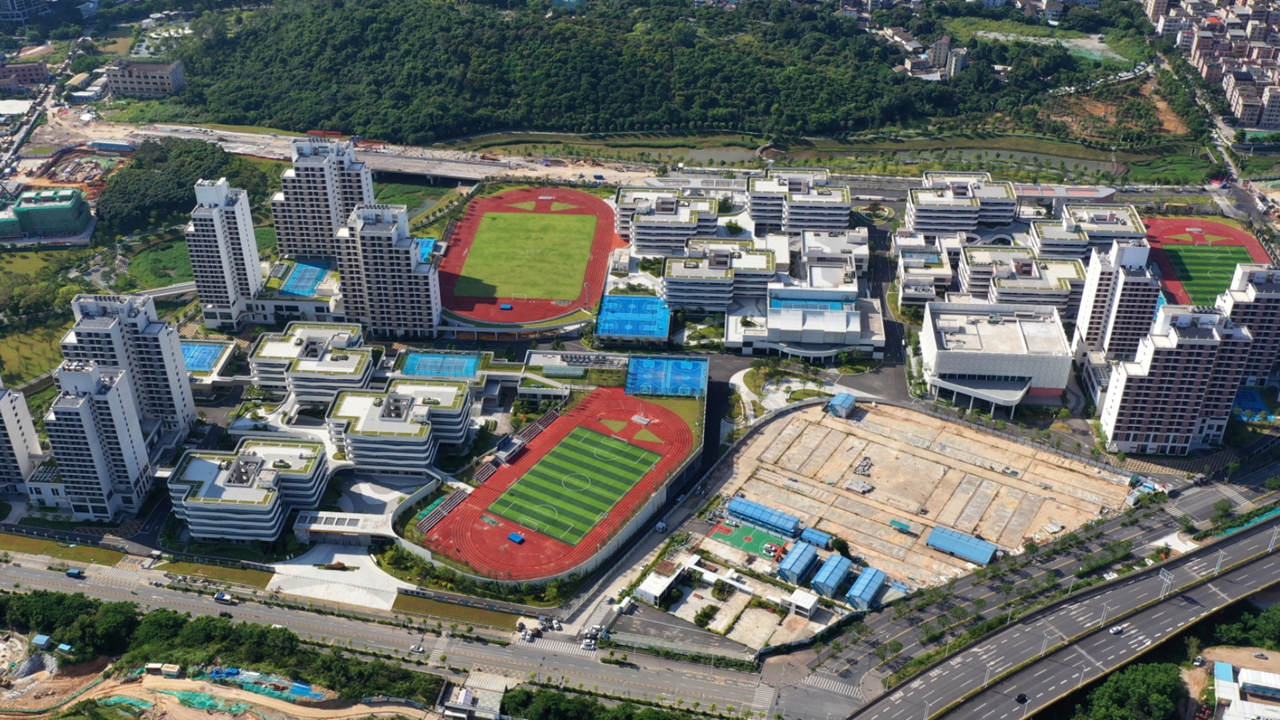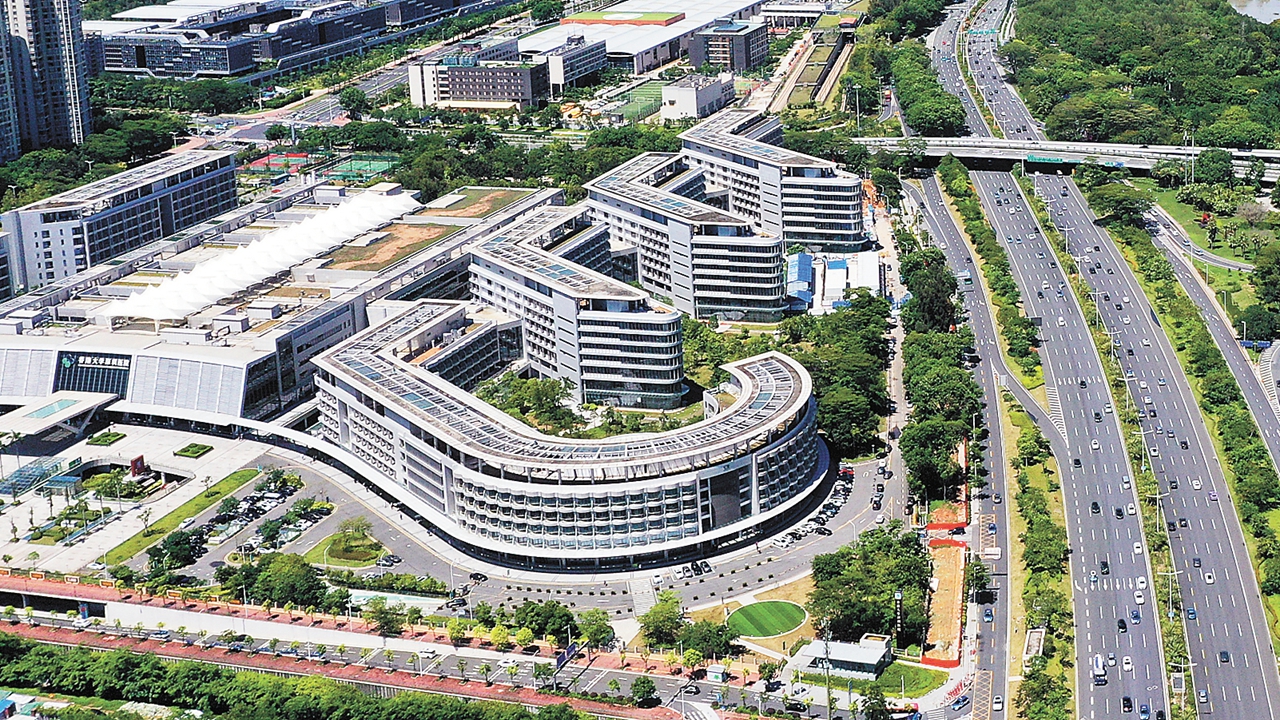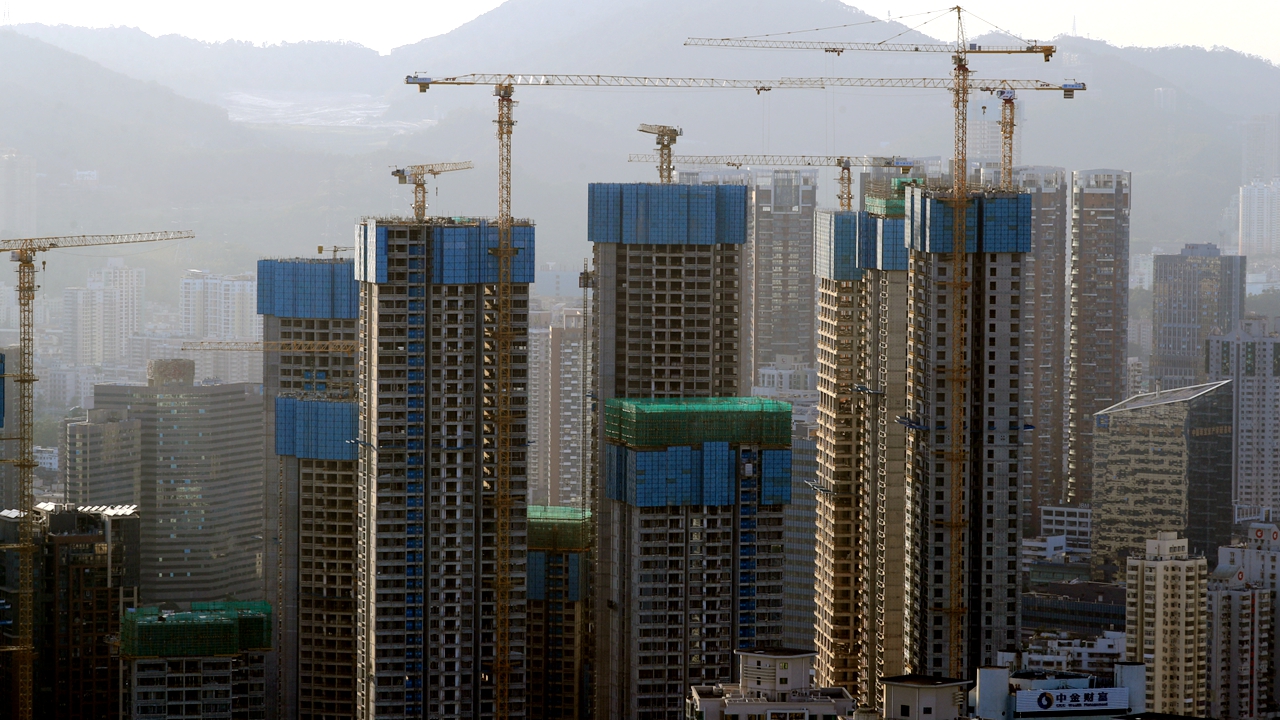New breakthroughs made in improving people's well-being
Writer: Zhang Yu | Editor: Zhang Chanwen | From: Shenzhen Daily | Updated: 2023-08-25
Featuring spacious and bright classrooms, well-equipped functional venues, a 26,000-square-meter all-weather sports space, one standard football pitch and four standard basketball courts, the Yucai Experimental School in Nanshan District is expected to welcome its first batch of students this September.
The school, which adopts a fashionable and aesthetically pleasing design, is one of the over 100 newly built, renovated or expanded schools that opened their doors this year, as Shenzhen has picked up its pace to improve the quality of basic education by increasing school admissions and reinforcing educational resources.
Shenzhen has been tasked to turn itself into a pilot demonstration area of socialism with Chinese characteristics. One of the city’s high hopes is anchored in building a high-quality and balanced public service system and establishing a comprehensive and sustainable social security system.
Over the past four years, the city has made significant efforts to enhance the well-being of its citizens and foster a stronger sense of happiness. To accomplish this, a multitude of measures have been implemented, specifically targeting key areas such as education, basic medical services, elderly care, housing, and various other essential public services.

A gathering is held to celebrate the 20th anniversary of the founding of Shenzhen Nanshan Foreign Language School Keyuan Primary School in Nanshan District last November. Photos by Sun Yuchen
More school seats
Education has been considered the top priority for people’s welfare. Enhancing the quality of basic education has been chosen by the city’s lawmakers as one of the 10 key projects that aim to improve people’s well-being for the year.
Since the beginning of this year, Shenzhen has continued to increase the supply of school admissions for basic education, pushing the city’s educational development to a new level, the city’s education bureau said.
According to preliminary estimates, 86 out of 188 school projects had been basically completed from January to July this year. It is expected that over 100 school projects will be basically completed by September, with 130,000 additional new school seats.

A bird's-eye view of the Pingshan campus of the senior high division of Shenzhen Experimental School.
The 86 school projects provide 77,000 new school seats, including 62,000 for compulsory education in public schools, 4,000 for public senior high schools and 11,000 for kindergartens. The other 102 school projects will offer 147,000 school seats.
“Our research has found that the investment in basic education has the greatest contribution to elevating the people’s well-being model city index, and the quality of education in Shenzhen has steadily improved,” Ni Shiguang, a professor from the Tsinghua Shenzhen International Graduate School, said.
Ni’s research has focused on the key metrics related to improving people’s welfare and sense of happiness. “Education is the foundation of a country, and any investment is worth it,” Ni said.

An aerial view of the University of Hong Kong-Shenzhen Hospital in Futian District in this undated file photo.
Better medical services
Optimizing the supply of medical and health care services has also been put on top of the city’s agenda.
Shenzhen’s medical service expenses accounted for 13.52% of the local fiscal expenditure last year, according to a white paper released by the Healthy Shenzhen Initiative Promotion Committee Office earlier this month.
The city spent 67.55 billion yuan (US$9.36 billion) on health last year, up from 51.1 billion yuan in 2021, as per the white paper. The figure was 44.05 billion yuan in 2020 and 33.55 billion yuan in 2019, according to official data.
As of the end of 2022, Shenzhen had 5,201 medical institutions and 145,200 health workers, compared to 4,513 medical institutions and 125,354 health workers by the end of 2019.
In 2022, Shenzhen achieved yet another milestone as seven additional hospitals in the city were recognized as having attained the highest level of excellence on the mainland. This remarkable accomplishment raised the total number of such top-tier hospitals in Shenzhen to 32.
Furthermore, the city built two new national key clinical specialties and was approved to build two State-level regional medical centers, according to the municipal health commission.
In 2021, the University of Hong Kong-Shenzhen Hospital piloted the use of the first batch of international new medicines and medical equipment imported under the “Hong Kong and Macao Medicine and Equipment Connect” policy.
As of this February, four Shenzhen hospitals had been authorized to use the imported international new medicines and medical equipment under the policy, which had cumulatively approved 24 urgently needed imported drugs and 17 medical devices as of Aug. 7, according to the provincial drug administration.

A housing project under construction in Luohu District in this undated photo.
Meeting housing demands
As a metropolis with a large annual inflow of migrants, Shenzhen has accelerated the development of government-subsidized rental housing as part of the city’s efforts to better meet people’s housing needs.
Shenzhen has supplied and allocated 34,000 government-subsidized apartments so far this year, and it plans to complete the task of supplying and allocating 65,000 units by the end of the year, according to the city’s housing and construction bureau.
The city is moving faster to put a housing system in place that ensures multisource supply, provides multichannel housing support and encourages both housing purchase and renting, in a bid to meet the housing needs of new dwellers and young people.
Recently, Shenzhen has adjusted its 14th Five-Year Plan (2021-2025) for housing development, with the original goal of building and acquiring 540,000 government-subsidized apartments tweaked to no less than 740,000 units, and the significant increase of 200,000 units are all government-subsidized rental housing.
The city has also rolled out new housing security and provident fund withdrawal policies in recent years.
Shenzhen has issued four measures on public rental housing, government-subsidized rental housing, shared ownership housing, and government-subsidized housing planning and construction, respectively. These four measures, which came into force Aug.1, aim to ensure that residents with different housing difficulties have access to housing.